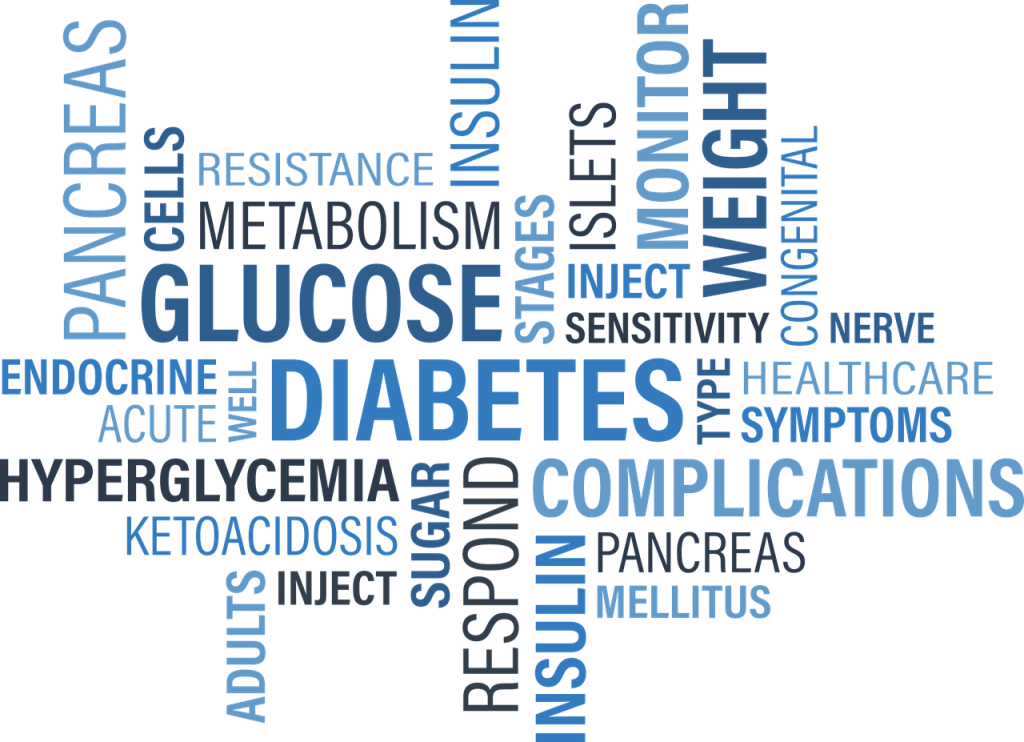
This article published on FoxNews about metabolism myths is accurate, but incomplete and therefore somewhat misleading. It’s correctly states the amount of calories muscle burns has been overstated. In reality a pound of muscle burns about 6 calories a day, not 50 calories that is widely reported. We discussed that in What Is Safe Weight Loss?
Metabolism Myths: Calorie In – Calorie Out
The problem with the article is it is based purely on calories in – calories out, perhaps the biggest metabolism myth. We discussed this metabolism myth in The Myths About Calories In – Calories Out: Reality Trumps Theory. Depending on how you exercise you can bring about hormonal changes that can enhance metabolism that are difficult to measure, thus not conveniently accounted for in the Calorie In – Calorie Out model.
Beyond Calories In – Calories Out
Moderate to strenuous resistance training provokes growth hormone and testosterone release. This aids in burning fat and maintaining/building muscle. Both hormones improve insulin sensitivity making it much easier to burn calories from our fat stores. According to Gary Taubes (Why We Get Fat) we overeat because we get fat. We don’t get fat because we overeat.
If we have elevated insulin levels we cannot tap into our fat stores for energy therefore we eat more to provide an immediate source of energy to the body. Because growth hormone and testosterone improve insulin sensitivity we need less insulin making it easier to burn fat.
Testosterone also inhibits LPL, or lipoprotein lipase – a “fattening” hormone. Metabolism after a strenuous resistance training session stays revved up for several hours afterwards as the body burns calories to repair the micro damage to the muscles. Estrogen also inhibits LPL. This highlights the importance of hormone optimization in weight loss.
Lactic acid is another stimulant for growth hormone release. Lactic acid is produced either from prolonged cardiovascular exercise in the aerobic zone (45 to 60 minutes – 30 minutes isn’t long enough), or by performing cardiovascular exercise with enough intensity to reach anaerobic threshold – that means getting the heart rate up periodically during aerobic training (high intensity interval training).
Doing so increases the number of calories burned after the exercise as the body brings all of its processes back to baseline. This is called EPOC, or excess post exercise oxygen consumption. EPOC and metabolism can stay elevated for more than 20 hours after high intensity interval training. Compare this to the typical 30 minutes of steady pace aerobics in which only an additional 12 to 15 calories is burned above baseline once you stop the exercise.
These hormonal changes are hard to account for in the simple calorie in – calorie out metabolism myth.
One key point, though, is there are many other benefits to exercise besides its metabolic effects (What Are The Health Benefits Of Exercise). But, it should be recognize that you will get a better bang for you buck by focusing on the nutritional component to weight loss rather than the exercise.
Oxygen Consumption
Creating a need for more oxygen is important (weight lifting and interval training). The more oxygen you consume the more calories you burn. In this post we discuss how improving your oxygen consumption through deep breathing might improve weight loss.

